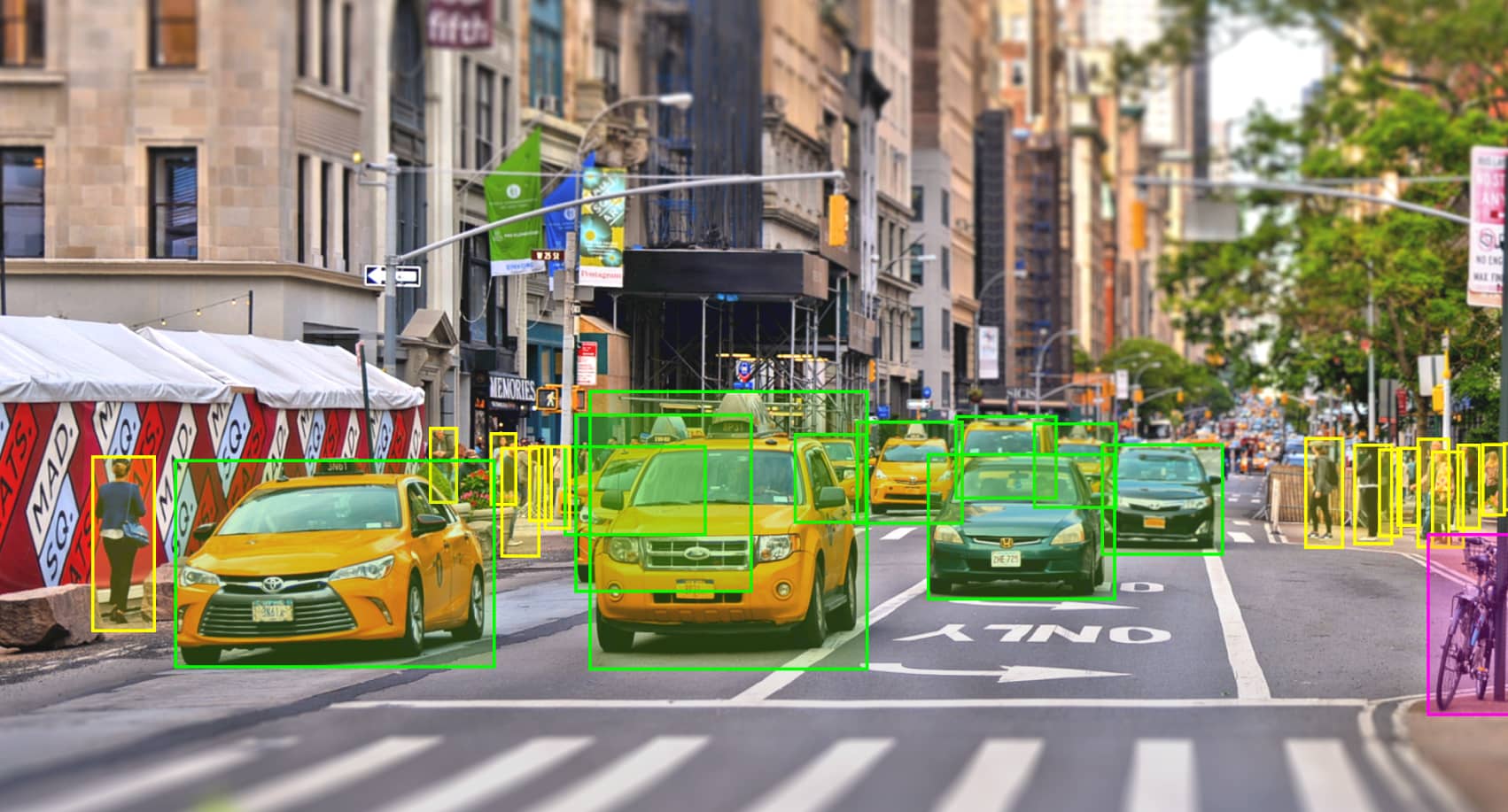In today’s data-driven world business across the globe rely on the capabilities of artificial intelligence (AI) and machine learning (ML) to gain valuable insights from vast amounts of data. Image annotation is a fundamental computer vision technique that plays an crucial role in making visual data accessible. This article explores the world annotation on images and the importance of image-annotating tools, software and solutions for unlocking the potential of data-driven decision making.

Image annotation refers to the method of labeling images or tagging them with metadata. This makes it possible for computers to interpret and understand visual data more effectively. Image annotation lets models to recognize objects, patterns and other attributes in images by adding annotations, such as bounding boxes or polygons. This technique bridges the gap between raw images and actionable information, opening the door for a myriad of applications including autonomous vehicles, medical imaging, ecommerce and surveillance.
A variety of tools have been developed to simplify the process of annotation of images. These tools come with intuitive interfaces that let users quickly mark images or other objects that are of curiosity. The tools provide a wide variety of annotation options and customization options to fit different data requirements. Image annotation tools are accessible in a range of options, such as basic drawing tools, advanced shapes recognition, and automatic annotation suggestions. This gives annotators the capability to work quickly and efficiently.
Image annotation software takes the annotation process to the next level by incorporating automation and collaboration features. These software applications use ML algorithms to automatize the process which reduces manual labor and improving the speed of annotation. Annotation software is able to speed up the labeling process by employing techniques such as active learning as well as transfer learning.
Annotation software is also able to facilitate collaboration between multiple annotators. This allows teams to collaborate seamlessly. It facilitates real-time communications, annotation versioning and comments, as well as fostering a collaborative atmosphere. This method of collaboration does not just improve the quality of annotations, it also facilitates knowledge sharing and ensures that annotations are consistent.
In choosing an image-annotation system, you should consider several factors. In the first place, it needs to be aligned with the specific requirements of the particular project. This includes the different types of annotation (e.g. polygons and keypoints) as well as the complexity of labeling task, and the possibility of scaling.
In addition, the flexibility and adaptability of the system are vital. A reliable annotation system should be able to customize workflows to accommodate annotations, and also integrate with the existing software for managing data. It must also be compatible with various formats for data. This flexibility allows the annotation solution to seamlessly integrate with existing workflows and pipelines to increase productivity overall.
Thirdly, it is important to assess the quality of annotations the software creates. To ensure accuracy and uniformity, reliable image annotation solutions employ quality control methods. This can be done through annotation validation, feedback loops and feedback loops that run continuously between the annotators.
Image annotation can have a wide-ranging influence that goes beyond the annotation process. An image annotation tool, solution and software can assist businesses maximize the value of their data through a variety of ways. The accuracy of annotations is crucial to the development and training of ML models with higher reliability and accuracy. These models are then deployed across a range of applications such as object recognition, image classifying and anomaly detection.
Image annotation also assists in data driven decision making by providing deep, valuable insight from the visual data. Annotated medical images, for example, can be used in the field of healthcare to diagnose diseases, identify abnormalities and plan treatments. In ecommerce, image annotations can aid in recommending products, image search, and the use of visual marketing techniques.
Annotation of images in conjunction with data science has changed our way of working. It’s a powerful tool that lets you access a wealth of data. It aids in the speed of analysis of data, discover undiscovered relationships, and produce real-time insight. Image annotation can assist organizations streamline their processes and get to market faster, while cost reduction. It also gives them an edge in the market. Images are a fantastic way to communicate concepts, and they’re much easier to understand than abstract figures. Properly annotated pictures also help to make information more accessible to all stakeholders. Annotating images can be an effective method to transform data into actionable insights, and maximize its value for any kind of application.